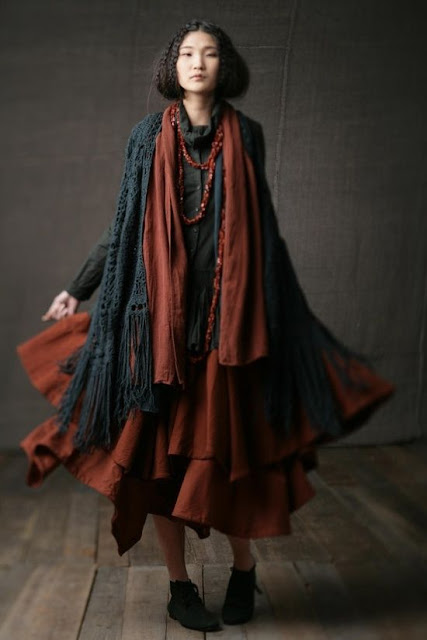1) Love Your Life by Aki Toyosaki: This song is one of my all-time favorite pick-me-up songs! It is so happy and charming, and it never fails to make me tap my feet and bob along to the music. Aki Toyosaki has such a cute personality as well, and the lyrics of this song are just as cute as she is.
2) Sprout and the Bean by Joanna Newsom: Joana Newsom is not one of my favorite artists, as her voice is quite unique and isn't really for everyone. However, this song is absolutely catchy and a joy to listen to. And Newsom is a master harpist! So the musical accompaniment is amazing. If you find, like me, that you like the song but are not as fond of Newsom's voice (although it does grow on you!) I recommend trying these covers by molliemusicable and Jomanna Newsom. They both take this lovely song and give it their own unique twist, which I love!
3) Sally Gally by John John Festival: John John Festival are an Irish folk style group, similar to tricolor. I actually found this song through my youtube recommendations on a tricolor video! It has a similar folksy, charming feel, and it makes me want to dance along!
4) Hello (Remix) by Table for Two (originally by Adele): Okay, you might be tempted to skip this song because Hello by Adele is such a non-mori mainstream song. But hear me out. Table for Two is a highly talented duo that took this familiar song and completely remade it: tune, instruments, everything. The result is an amazingly underrated masterpiece with beautiful acoustics and a light-indie type tune. It's lovely, fun to listen to, and so much better than the original. Take a listen! I promise you won't regret it!
5) falalafala by kotoringo (コトリンゴ): What can I say about this song except it is fun, beautiful, and absolutely adorable? A good easy listener!
6) Ólafur Arnalds - Ljósið (The Light): This song is so soft and lovely, with a beautiful melancholy feel. I don't know much about the artist, but I've known about this song for such a long time, and it never fails to be a calming piece for me.
Have you ever heard any of these songs before? If so, how did you like them? If not, I hope you enjoyed them! Happy listening!
2) Sprout and the Bean by Joanna Newsom: Joana Newsom is not one of my favorite artists, as her voice is quite unique and isn't really for everyone. However, this song is absolutely catchy and a joy to listen to. And Newsom is a master harpist! So the musical accompaniment is amazing. If you find, like me, that you like the song but are not as fond of Newsom's voice (although it does grow on you!) I recommend trying these covers by molliemusicable and Jomanna Newsom. They both take this lovely song and give it their own unique twist, which I love!
3) Sally Gally by John John Festival: John John Festival are an Irish folk style group, similar to tricolor. I actually found this song through my youtube recommendations on a tricolor video! It has a similar folksy, charming feel, and it makes me want to dance along!
4) Hello (Remix) by Table for Two (originally by Adele): Okay, you might be tempted to skip this song because Hello by Adele is such a non-mori mainstream song. But hear me out. Table for Two is a highly talented duo that took this familiar song and completely remade it: tune, instruments, everything. The result is an amazingly underrated masterpiece with beautiful acoustics and a light-indie type tune. It's lovely, fun to listen to, and so much better than the original. Take a listen! I promise you won't regret it!
5) falalafala by kotoringo (コトリンゴ): What can I say about this song except it is fun, beautiful, and absolutely adorable? A good easy listener!
6) Ólafur Arnalds - Ljósið (The Light): This song is so soft and lovely, with a beautiful melancholy feel. I don't know much about the artist, but I've known about this song for such a long time, and it never fails to be a calming piece for me.
Have you ever heard any of these songs before? If so, how did you like them? If not, I hope you enjoyed them! Happy listening!






















